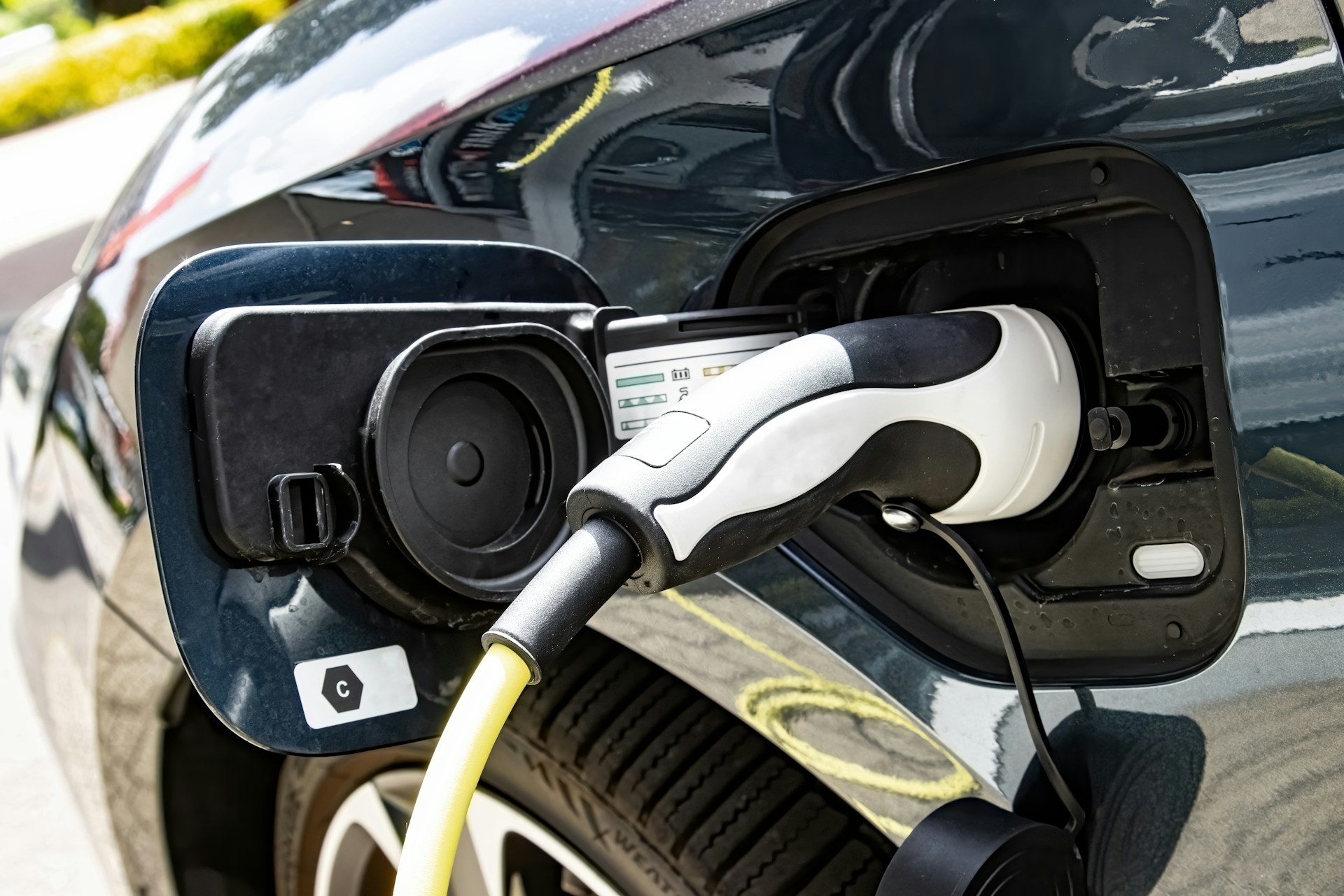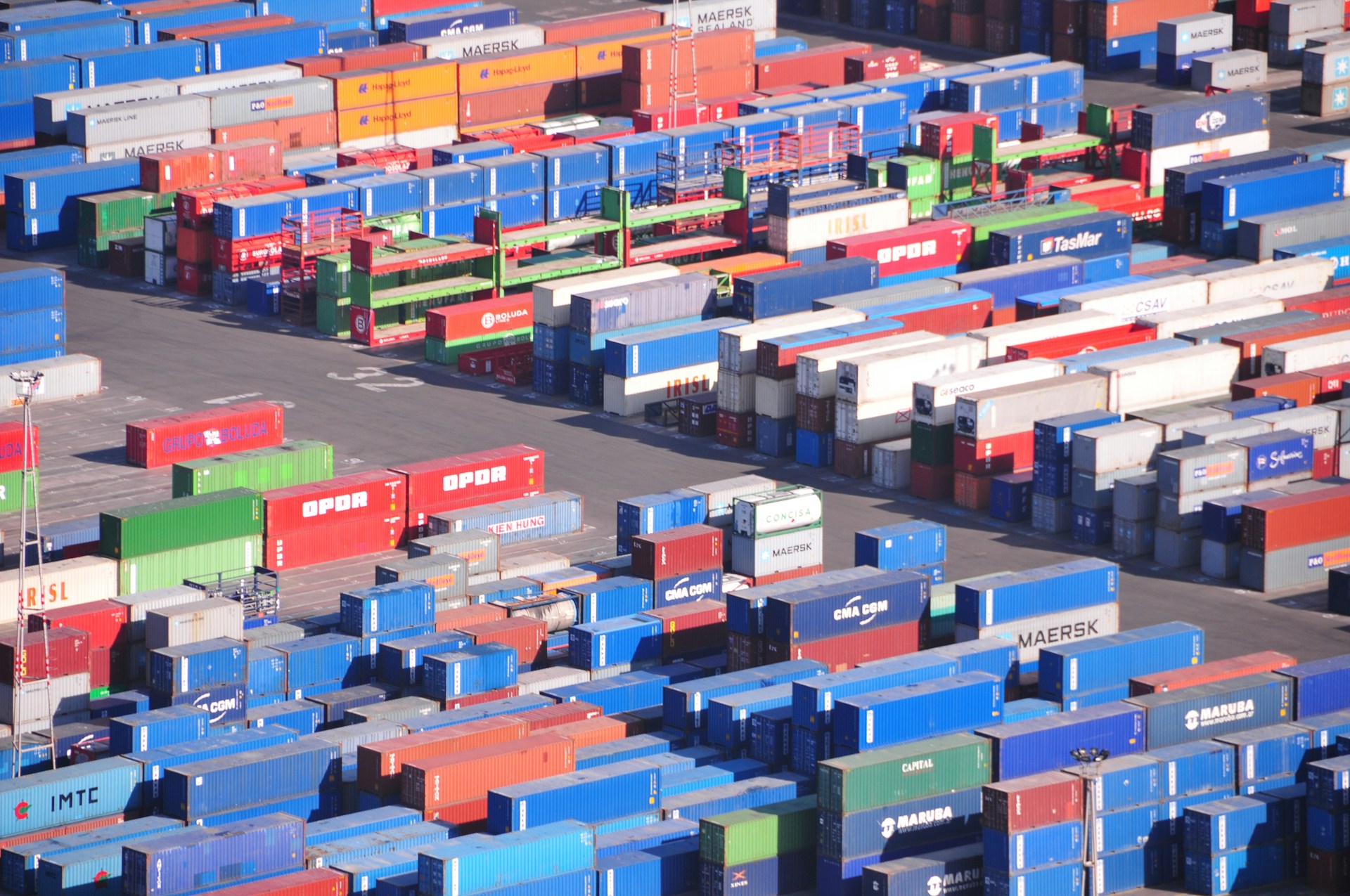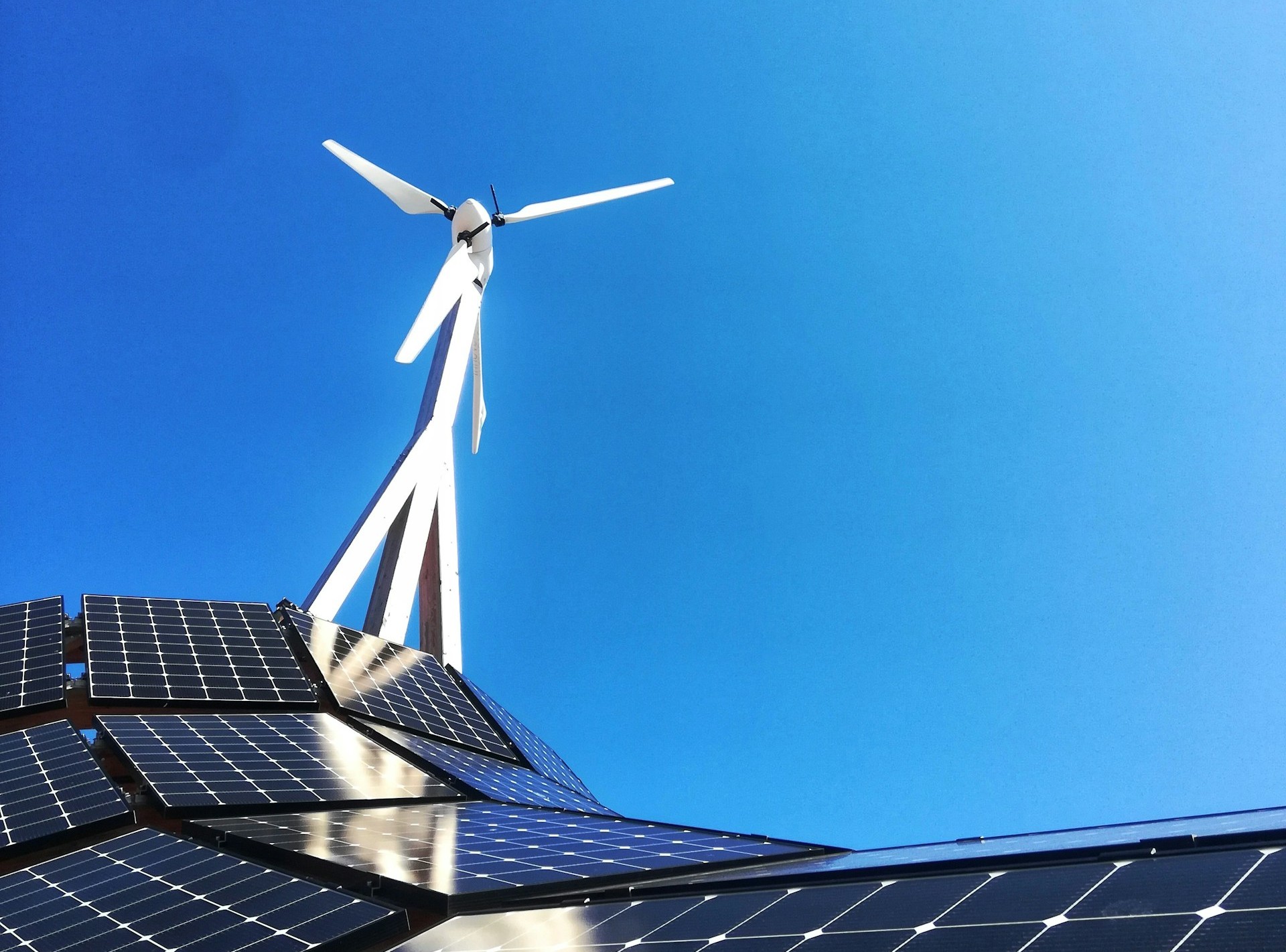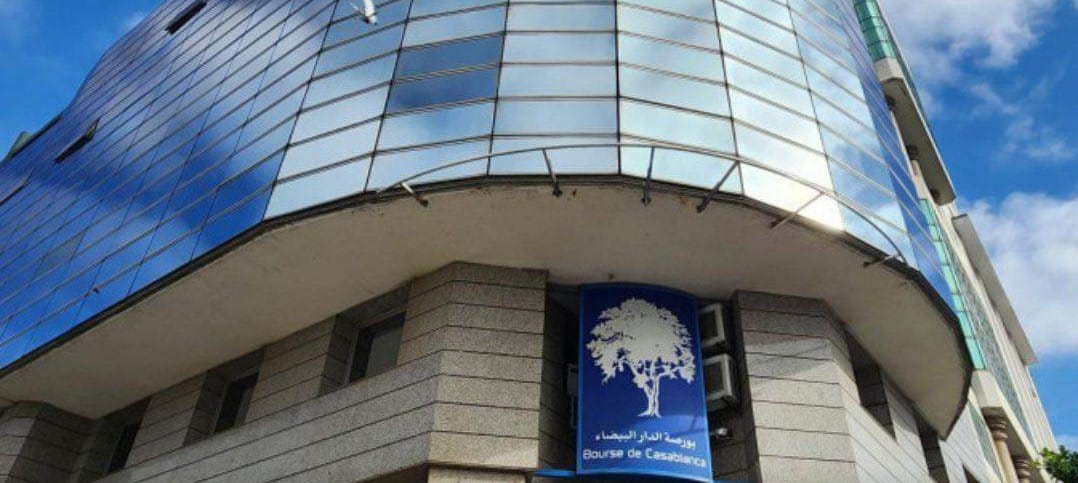Casablanca – The National Ports Agency (ANP) has announced a major multi-year investment program totaling approximately US $340 million for the period 2026–2028. The initiative aims to modernize Morocco’s port infrastructure, enhance digital services, strengthen resilience to climate risks, and position the country’s ports as key regional trade hubs.
According to the report on public institutions accompanying Morocco’s 2026 draft Finance Law, around 75 percent of the total budget—equivalent to roughly US $255 million—will be dedicated to port infrastructure development. The investments are planned over three years: US $108 million in 2026, US $117 million in 2027, and US $116 million in 2028.
Strategic objectives
The ANP’s modernization program focuses on three main strategic pillars:
- Capacity building and climate resilience
The program seeks to increase port capacity and fortify Morocco’s ports against climate-related risks. Investments will strengthen quays, terminals, and related infrastructure, ensuring uninterrupted operations and maintaining competitiveness in a challenging global environment. - Digitalization and operational efficiency
Upgrading IT systems and fully digitizing port procedures are key components of the program. These measures aim to improve transparency, accelerate cargo handling, and reduce logistics costs. Modern management solutions will cover berthing, cargo transit, and operational workflows across major and regional ports. - Environmental sustainability and resource management
The investment plan emphasizes sustainability, targeting carbon reduction, improved energy efficiency, and more effective waste management. These initiatives align with Morocco’s broader commitment to environmentally responsible infrastructure development.
Financial projections and recent performance
The ANP expects revenues of US $298 million in 2026, US $299 million in 2027, and US $310 million in 2028, reflecting the gradual impact of modernization and operational improvements.
Performance indicators for the first half of 2025 already suggest positive momentum. By June, revenues reached US $151 million, marking a 7.2 percent year-on-year increase, while net profit was approximately US $25.4 million, up 7.3 percent. Investment expenditures for the same period rose to US $21.4 million, an increase of 11.5 percent compared to the previous year.
For the full year 2025, projections indicate revenues of US $302 million, an operating result of US $76.8 million, and a net profit of US $38.8 million. Total investment spending is expected to reach US $74.2 million, while debt is projected to decline to US $540 million by the end of the year.
Regional development and infrastructure focus
The investment program will cover both major and regional ports. Key modernization efforts include the Port of Casablanca, Port of Mohammedia, and Port of Jorf Lasfar, while regional expansion and redevelopment will target Agadir, Safi, and Nador. These upgrades aim to support local industrial, fishing, and logistics sectors, integrating them into Morocco’s broader trade network.
Digitalization is a central component, with smart management systems for transit, berthing, and handling operations expected to enhance efficiency and reduce logistical bottlenecks. At the same time, sustainability initiatives—including surveillance systems, waste management, and energy-efficient design—seek to make Morocco’s ports more resilient, environmentally responsible, and operationally modern.
Strategic context and international positioning
With nearly 98 percent of Morocco’s foreign trade conducted via maritime routes, ports play a critical role in national economic growth. The new program reflects Morocco’s ambition to consolidate its position as a regional maritime hub connecting Europe, Africa, and the Americas.
The modernization plan is expected to support export-oriented sectors such as agro-industry, phosphates, and manufactured goods, while attracting additional foreign investment. By improving infrastructure, digital services, and sustainability standards, Morocco aims to enhance the competitiveness of its ports and their contribution to national and regional economic development.
Outlook and considerations
While the US $340 million investment is significant, successful implementation will require strong coordination, continuous oversight, and adherence to timelines. Integrating advanced digital systems and sustainability measures presents both opportunities and challenges, particularly in training port personnel and adapting operational processes.
If executed effectively, the ANP’s investment program has the potential to transform Morocco’s port sector, strengthen resilience against climate and market fluctuations, and cement the country’s status as a strategic logistics and trade hub in the Mediterranean and Atlantic regions.
















